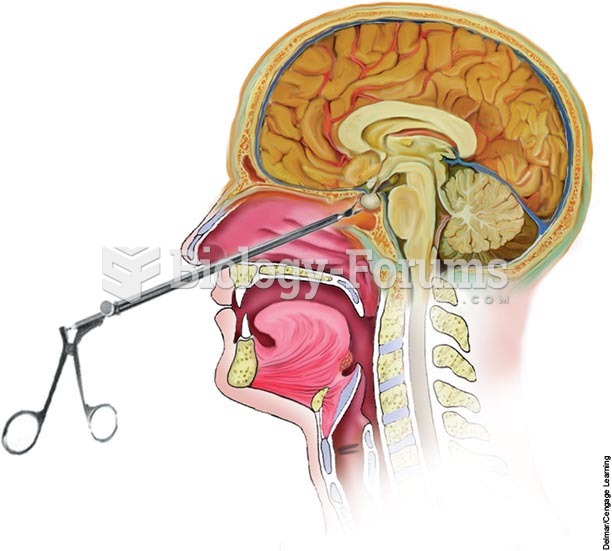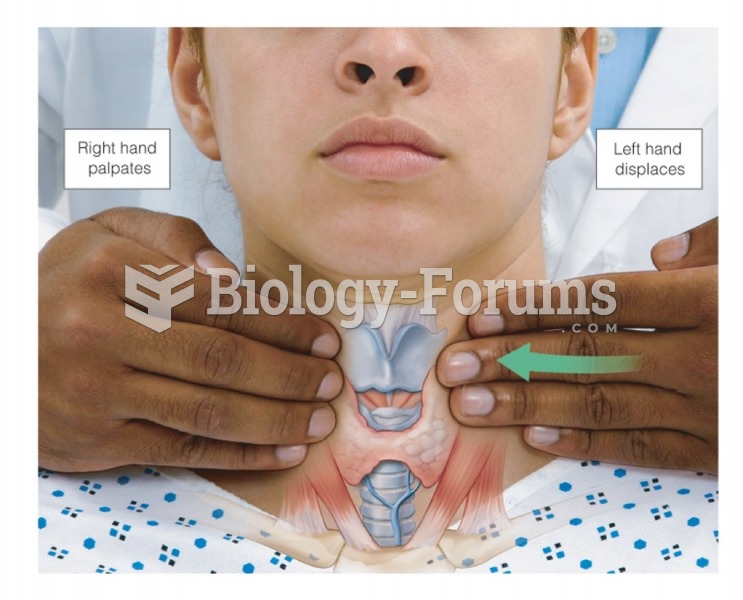|
|
|
More than 150,000 Americans killed by cardiovascular disease are younger than the age of 65 years.
Astigmatism is the most common vision problem. It may accompany nearsightedness or farsightedness. It is usually caused by an irregularly shaped cornea, but sometimes it is the result of an irregularly shaped lens. Either type can be corrected by eyeglasses, contact lenses, or refractive surgery.
Most strokes are caused when blood clots move to a blood vessel in the brain and block blood flow to that area. Thrombolytic therapy can be used to dissolve the clot quickly. If given within 3 hours of the first stroke symptoms, this therapy can help limit stroke damage and disability.
People about to have surgery must tell their health care providers about all supplements they take.
More than 2,500 barbiturates have been synthesized. At the height of their popularity, about 50 were marketed for human use.







